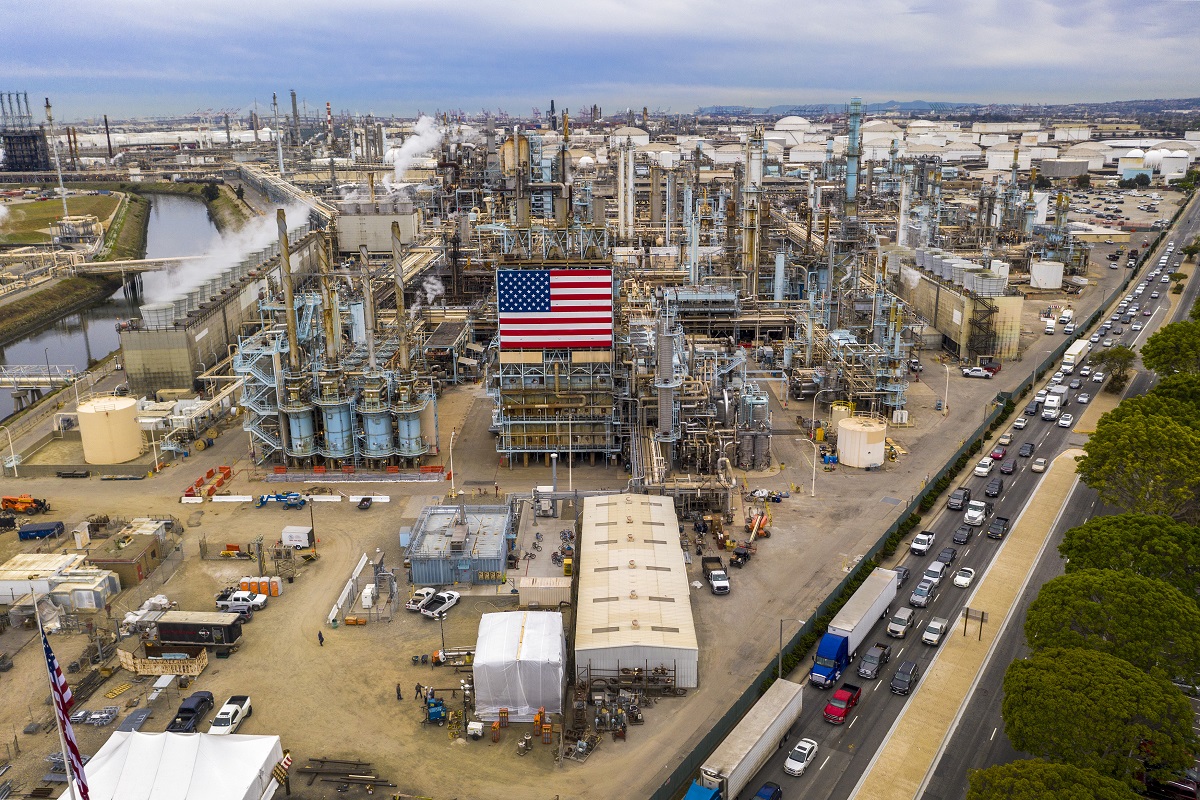US Senate votes to adjourn impeachment trial of Homeland Security chief
Following the adjournment, Republican Leader Mitch McConnell, who will step down in November, criticized the precedent set, saying it is not a proud day for the Senate.
Oil markets have plunged in recent weeks as lockdowns and travel restrictions to fight the coronavirus around the world batter demand.

The US benchmark WTI crude oil price collapsed on April 20. 2020h, falling to -$37.63/barrel amid an epic supply glut caused largely by the coronavirus pandemic's hit to demand.After beating the record low multiple times, West Texas Intermediate (WTI) for May delivery continued to sink to the unheard of price of a penny a barrel, before inching up to $0.27 at about 1815 GMT in New York. (Photo by DAVID MCNEW / AFP)
US oil prices rebounded above zero on Tuesday, a day after futures ended in negative territory for the first time as a coronavirus-triggered collapse in demand leaves the world awash in crude.
West Texas Intermediate (WTI) crude for May delivery shed more than 300 per cent to settle at -37.63 USD per barrel on the New York Mercantile Exchange.
The May futures contract expires on Tuesday, meaning traders who buy and sell the commodity for profit needed to find someone to take physical possession of the oil.
Advertisement
Traders are now more focused on the contract for June delivery, which had trading volumes more than 30 times higher. That also rebounded Tuesday, rising to above $21 a barrel following a close of $20.43 a barrel in New York.
Brent crude, the international benchmark, was changing hands at $25.61 a barrel for June delivery, up 0.15 percent.
Earlier on Monday, US oil prices crashed and turned negative in history, as the lockdown across the globe continues amid the coronavirus pandemic and traders don’t want to get stuck owning crude with nowhere to store it.
Oil markets have plunged in recent weeks as lockdowns and travel restrictions to fight the coronavirus around the world batter demand.
The crisis was worsened by a price war between Saudi Arabia and Russia. Riyadh and Moscow drew a line under the dispute and, along with other top producers, struck a deal to cut output by almost 10 million barrels a day earlier this month.
As a result, oil firms have resorted to renting tankers to store surplus supply, forcing the price of oil in the US to the negative zone, the same BBC report stated.
Chris Midgley, head of analytics at S&P Global Platts believe that the tanks could hit their limits within three weeks.
Basically, bears are out for blood, analyst Naeem Aslam of Avatrade said in a report that the steep fall in the price is because of the lack of sufficient demand and lack of storage place given the fact that the production cut has failed to address the supply glut.
The current market is oversupplied on shrinking demand, creating a situation of free fall for crude.
Traders were keen to offload those holdings to avoid having to take delivery of the oil and incur storage costs, it said.
The coronavirus pandemic has dealt a severe blow to economic activity around the globe and sapped demand for oil. While OPEC and its oil-producing allies finalized a historic agreement earlier this month to cut production by 9.7 million barrels per day beginning May 1, many argue that it still won’t be enough to counter the fall-off in demand.
The International Energy Agency, for instance, warned in its closely-watched monthly report, that demand in April could be 29 million barrels per day lower than a year ago, hitting a level last seen in 1995.
Meanwhile, in the United States, now the worst-hit country, the death toll stood at 40,683 with 7,59,786 infections.
Advertisement